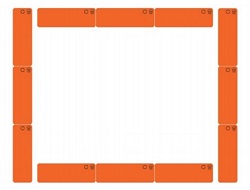'U' Style / Horseshoe:
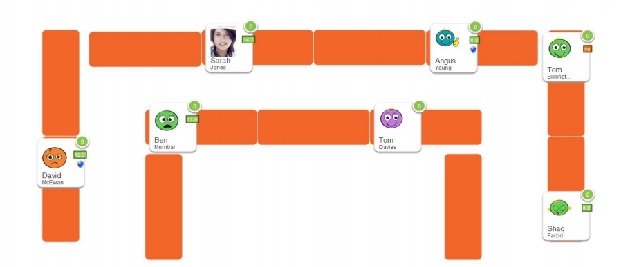
The horseshoe design delivers great visibility of the central whiteboard for pupils and is easy for the teacher to have contact with the pupils. Desks are placed in a wide horseshoe shape which combines a layout to encourage group discussion with a constant line of sight to the teacher. This brings a sense of intimacy which is beneficial to teachers as eye contact can be maintained and contribution from all pupils encouraged.
The major disadvantage of using this layout is space. You will require a big classroom in order to use this layout, unless you use two horseshoe styles in order to create a layout as shown below.
Outer:
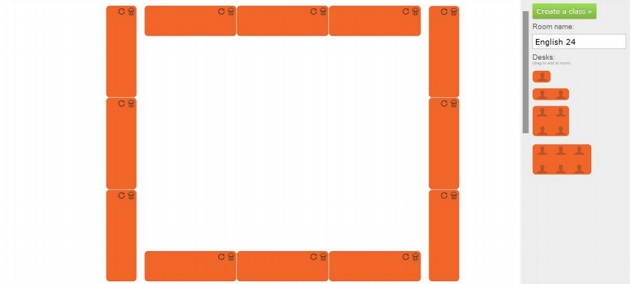
The main aim of the outer layout is to encourage every pupil to get involved in discussions. This is good for more informal teaching between teacher and pupils, such as for a quiz or a learning game. The clear advantage is that everyone can see each other, however some pupils may be distracted by this.
A common disadvantage is that some pupils will inevitably end up having their back facing the board which may be counter-productive for a typical lesson. Also, it is difficult for the teacher to have eye contact with everyone without pacing around the room or constantly turning if you are standing within the square.
Rows:
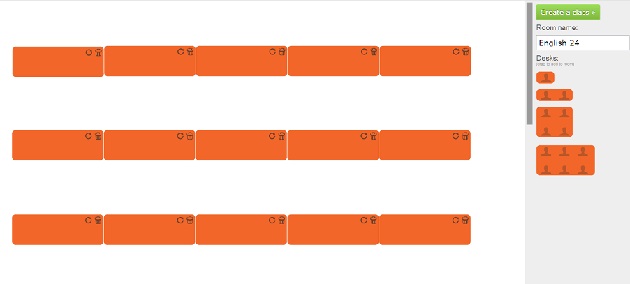
This is the classic classroom layout for traditional teaching styles. All pupils face the front and teachers can notice with relative ease those pupils that are misbehaving. Desks are arranged so that the teacher can manoeuvre between pupils to ensure everyone can receive help.
It is important for the teacher ’s desk to be placed in an area where all students’ desks can be viewed to ensure no copying is taking place. Although this layout makes full use of space, group work will normally entail pupils changing their seating position, which may cause unnecessary disruption.
Modular:
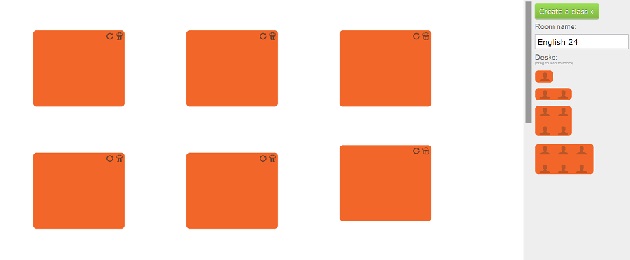
This arrangement is used mainly in classes where student interaction between each other is highly important. It is an informal layout which encourages pupils to discuss amongst themselves. The teacher is able to work with individuals and small groups.
Of course, this layout is great for group work, and members of each group can be manipulated to improve communication between pupils who wouldn't normally work together. As each block of desks are isolated, there is also less distraction between groups.
One possible problem is that pupils may speak off-topic with the others in their group and thus become permanently distracted. However, this is usually remedied by the teacher periodically visiting each table. Also, some pupils may have their backs to the teacher and the board, so it may be best to angle the desks so students sit side on to the teacher.
Do you have a different layout to your class? Let us know in the comments below with the advantages and disadvantages of your classroom layout.


